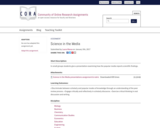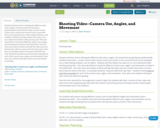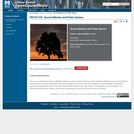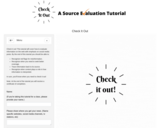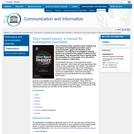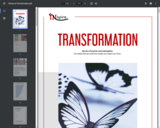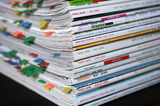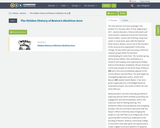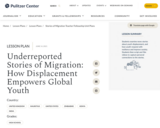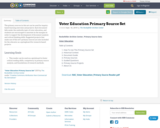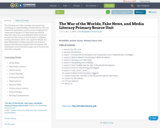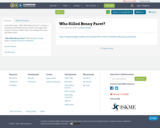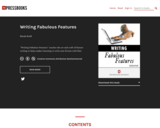
Volume V | Summer 2021
Short Description:
Fifth print edition of the international literary, arts and ideas journal, San Antonio Review.
Long Description:
The fifth print edition of San Antonio Review, an international literary, arts and ideas journal.
This issue of San Antonio Review includes nearly 300 pages of art, poetry, short fiction, reviews and more.
The issue opens with editors’ notes and a “Timeline of Irresponsibility” charting Texas leaders failures in responding to the SARS-Cov-2/COVID-19 pandemic, police violence and Winter Storm Uri, among other contemporary challenges. The feature essay by Baylor University professor Dr. Mia Moody-Ramirez, Ph.D. looks at Texas Republicans’ efforts to limit discussions in public school classrooms by attacking critical race theory. Founding Editor and Publisher William O. Pate II shares an excerpt of his work-in-progress transcription of the third volume of the report from the 1919 Texas House of Representatives Committee Investigation into the Texas Rangers for violence against Mexican Americans during the first quarter of the 20th century. A cartoon by Coyote Shook. Peter Berard, Ph.D., reviews the next world war. Postcard art by and a Q&A with Milicent Fambrough. Paintings by and a Q&A with Andrea Muñoz Martínez. Quotes, recommendations and much more.
Front cover image by A.S. Robertson. Cover design by William O. Pate II. Always read free at sareview.org.
Word Count: 76188
(Note: This resource's metadata has been created automatically by reformatting and/or combining the information that the author initially provided as part of a bulk import process.)
